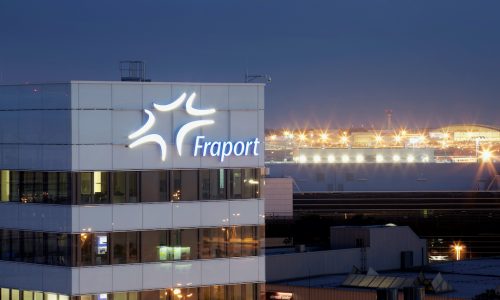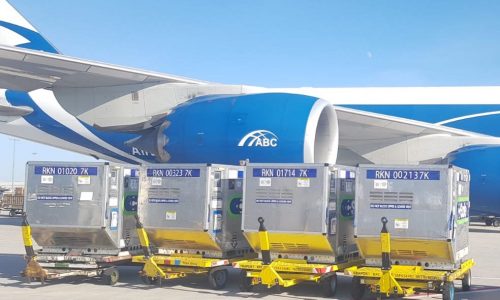IATA has called for governments to work with the industry on confidence-boosting measures in the face of an anticipated slow recovery in demand for air travel.
“Passenger confidence will suffer a double whammy even after the pandemic is contained — hit by personal economic concerns in the face of a looming recession on top of lingering concerns about the safety of travel. Governments and industry must be quick and coordinated with confidence-boosting measures,” said Alexandre de Juniac, IATA’s Director General and CEO.
An IATA-commissioned survey of recent travelers found that
- 60% anticipate a return to travel within one to two months of containment of the COVID-19 pandemic but 40% indicate that they could wait six months or more
- 69% indicated that they could delay a return to travel until their personal financial situation stabilizes
IATA stated that early indications of this “cautious return-to-travel behaviour” are seen in the domestic markets of China and Australia, where new coronavirus infection rates have fallen to very low levels:
- China: Domestic demand began to recover when the rate of new COVID-19 infections in China fell into single digits and rapidly headed towards zero (measured by new infections as a percentage of the seven-day moving average of total COVID-19 cases). While there was an early upswing from mid-February into the first week of March, the number of domestic flights plateaued at just over 40% of pre-COVID-19 levels. Actual demand is expected to be significantly weaker as load factors on these flights are reported to be low. China accounts for some 24% of all domestic passengers.
- Australia: Domestic demand continued to deteriorate even after the rate of new infections fell into single digits which triggered an initial recovery in the Chinese domestic market. In fact, there is still no sign of a recovery (total domestic flights are at 10% of pre-COVID-19 levels) even as new infections nears zero. Australia accounts for 3% of all domestic travelers.
Domestic market behaviour is a critical indicator as the post-pandemic recovery is expected to be led by domestic travel, followed by regional and then intercontinental as governments progressively remove restrictions.
Said de Juniac: “In some economies, the spread of COVID-19 has slowed to the point where governments are planning to lift the most severe elements of social distancing restrictions. But an immediate rebound from the catastrophic fall in passenger demand appears unlikely.
“People still want to travel. But they are telling us that they want clarity on the economic situation and will likely wait for at least a few months after any ‘all clear’ before returning to the skies. As countries lift restrictions, confidence boosting measures will be critical to re-start travel and stimulate economies”
This week IATA is conducting regional summits with governments and industry partners to begin planning for an eventual re-start of the air transport industry.
Added de Juniac: “The passenger business came to a halt with unilateral government actions to stop the spread of the virus. The industry re-start, however, must be built with trust and collaboration. And it must be guided by the best science we have available.
“Time is of the essence. We must start building a framework for a global approach that will give people the confidence that they need to travel once again. And, of course, this will need to be shored-up by economic stimulus measures to combat the impact of a recession.”

